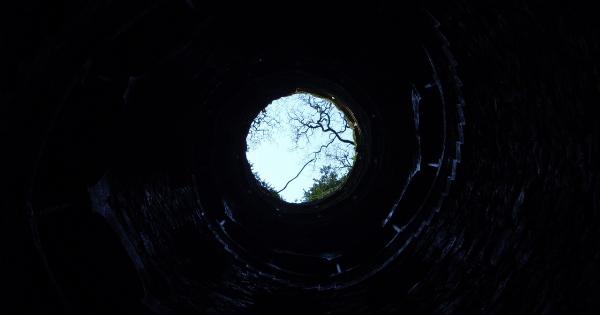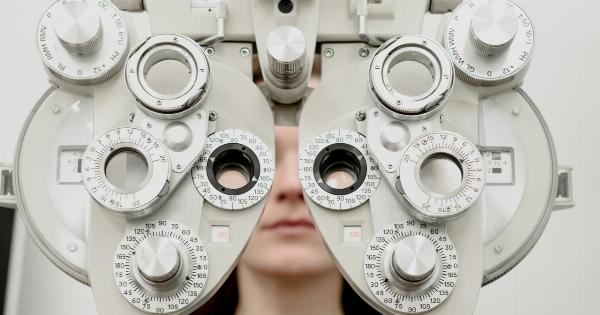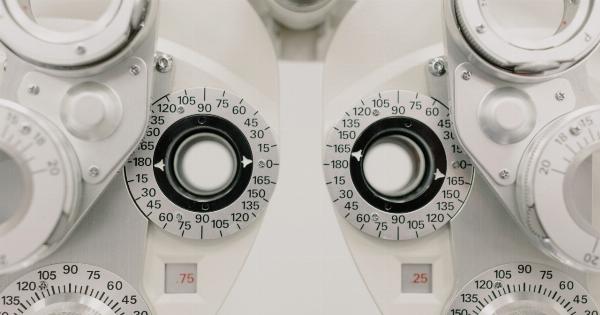Living with blindness can be a challenging experience for millions of people worldwide. It can make daily activities such as crossing the street, grocery shopping, and even cooking difficult.
However, thanks to advanced technology, certain devices can help aid those living with blindness. One such device is the amazing Argus II, commonly known as the “bionic eye.” This article shall discuss the Argus II, how it works, its benefits, and the impact it has had on the lives of people living with blindness.
What is the Argus II?
The Argus II is a retinal implant that can assist people living with blindness, especially those with retinitis pigmentosa (RP). RP is a genetic disorder that affects the visual cells in the retina, leading to partial or even total blindness.
The Argus II is a revolutionary device in that it was the first FDA-approved retinal implant to treat blindness. It was designed and developed by Second Sight Medical Products, Inc. based in Sylmar, California.
How Does the Argus II Work?
So, how does the Argus II work? The device comes in two parts – the implant and an external camera. The camera captures images and sends them to a wearable computer pack that processes them.
The information is then sent to the implant attached to the retina, which stimulates the cells in that area, sending a message to the optic nerve, giving the patient the perception of light patterns. This sends signals to the brain, giving the receiver an idea of what they are seeing. Although the perception is limited, it can significantly assist with tasks such as object recognition and navigation.
Benefits of the Argus II Implant
The Argus II has proven to be helpful for those living with blindness, with benefits that include:.
Improved quality of life
The device has enabled many to conduct tasks that were previously impossible, including object recognition and navigation, improving their quality of life significantly.
Cost-effective
The implant is a low-cost solution compared to other technologies that aim to aid blindness, making it an affordable option.
Low risk
The implantation procedure is minimally invasive, reducing the risk of complications.
The Impact of the Argus II on People Living with Blindness
The Argus II has impacted people living with blindness positively. Although the device does not restore full vision, it has enabled them to see simple patterns of light, enabling basic visual recognition.
This has given them better awareness of their surroundings and has made doing everyday tasks a lot easier. Previously, people with blindness relied on others to do most of their daily tasks, and it was a significant challenge for them to move around independently. However, with the implant, they can be more autonomous, allowing for a more fulfilling life.
One of the success stories of the Argus II is that of Rhonda Grey who could see light after implantation.
Even though she did not attain full vision, she could detect her research laboratory equipment and walk through her laboratory, an activity that used to be difficult to perform independently. This showcases how the device has significantly impacted those living with blindness and their independence, allowing them to enjoy their lives even more.
Challenges and Limitations of the Argus II
As with all technology, the Argus II has its challenges and limitations. These include:.
Cost
Even though the device is cost-effective, installation and maintenance can be costly and may be unaffordable for some.
Requires training
The implant takes time and requires extensive training to master. Patients must also undergo a psychological assessment to ensure they can handle the device’s impact.
Perception Limitations
The device’s ability to provide visual recognition is limited, and most patients can only detect patterns of light and dark. Although this is useful for basic recognition, it limits the patient’s perception of their surroundings.
Conclusion
The Argus II is a revolutionary device that has changed the lives of people living with blindness positively.
Although it has its challenges and limitations, it remains an affordable and minimally invasive option for those with RP and other forms of blindness. The device has given people with blindness better independence, better quality of life, and greater confidence in their abilities. Indeed, technology like the Argus II gives hope to those living with blindness.




























